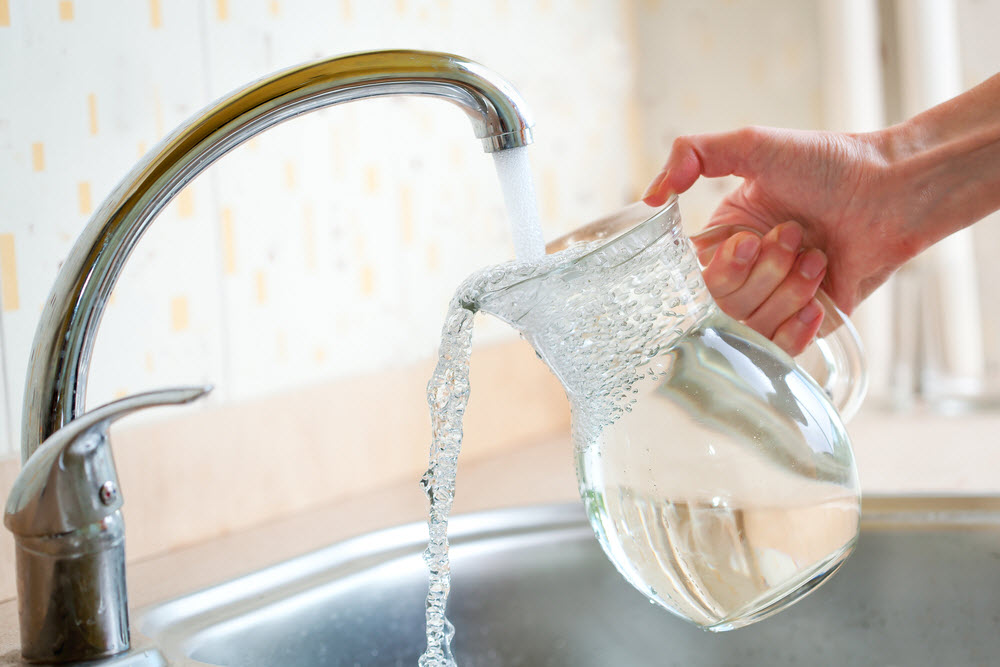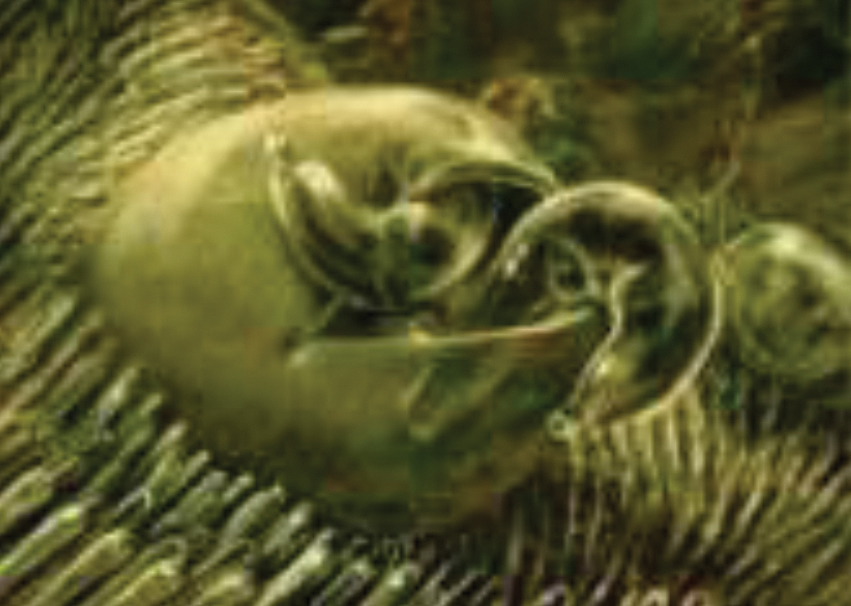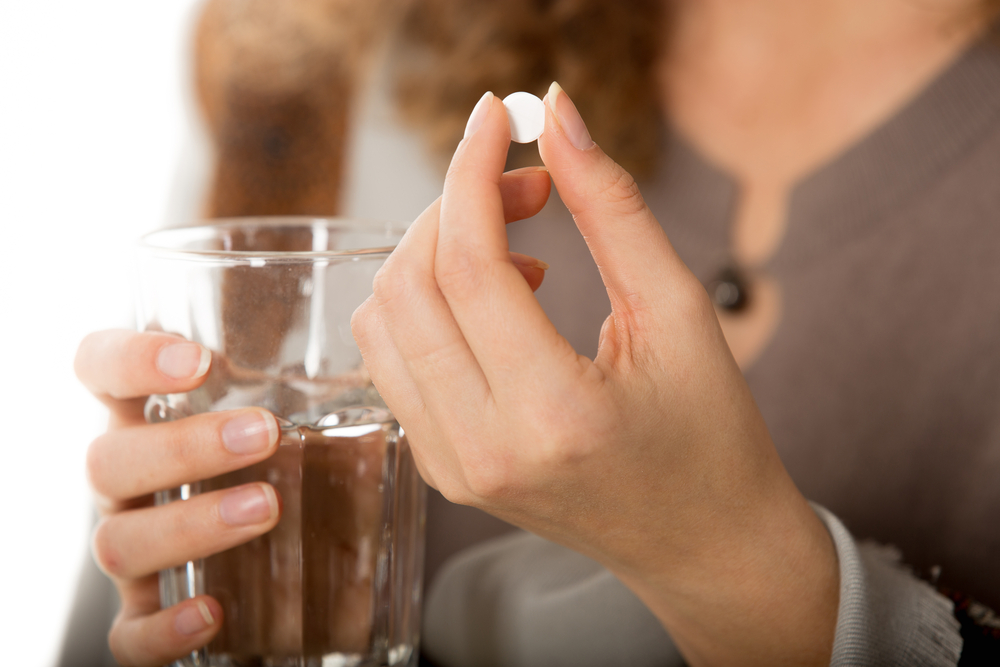What are the potential nasties in your drinking water?
When you start to look into water filtration systems you’ll notice that there’s a lot of talk about removing the potential “nasties” from drinking water.
That’s not to say that these nasties are in your current tap water but we thought it was high time we got to know these “bad guys” a little better and how they can affect you and the family if they happen to sneak into your water supply.
What are cysts?
Cysts are one-celled organisms or protozoa in early development. They are microorganisms invisible to the naked eye. Many are resistant to chlorine and the disinfection stage of water treatment before the water reaches your tap and if a human ingests them can develop into parasites and cause health problems.
The most common water-borne microbiological cysts are Cryptosporidium and Giardia cysts. Typically these cysts are between 2 – 4 microns in size so are easily trapped in our WFA water filters which filter particles of 1 micron or less.

What is Cryptosporidium?
Cryptosporidium is a parasite that enters lakes and rivers through sewage and animal waste. It can survive a long time in water without a host. Once inside a human a cyst can infect the intestine and after approximately 7 days can cause a bowel infection called gastroenteritis.
This leads to vomiting, stomach cramps and watery diarrhoea. For people with normal immune systems the symptoms normally last 1-2 weeks and there is no medication required. However, for people with compromised immune systems the infection can last longer and become more serious.
What is Giardia?
Giardia cysts can survive in water for several months. Once a human or animal ingests the cyst, it develops into an adult protozoa and attaches itself to the wall of the small intestine at the outlet to the stomach. Then it reproduces more cysts and becomes a parasite. If an infection occurs it causes gastrointestinal illness.
How do you know if you have them?
Some people can go for years without knowing they have these parasites and have no symptoms at all. Others will experience abdominal cramps, diarrhoea and gas. These common symptoms may appear 3 to 25 days after cyst ingestion and antibiotics are often required to remove the giardia infection.

Long term parasite problems
If parasites are left for a long time, this can cause inflammation in the intestine and be responsible for a “leaky gut” or increased intestinal permeability.
This condition is where the lining of the small intestine doesn’t work properly and toxins like undigested food, waste and bacteria begin to seep into your bloodstream. Leaky Gut Syndrome isn’t yet recognised by the mainstream medical profession but many integrative medicine professionals are suggesting links from it to auto-immune diseases, anxiety and depression.
What about Chlorine? Nasty or Not?
Why is it added in the first place?
Chlorine is a cost effective way of treating large amounts of water and low levels are added to make our water safe to drink. It kills harmful bacteria, viruses and other microbes in tap water.
So that’s a good thing. Thanks to chlorine we don’t have waterborne diseases like cholera or typhoid epidemics in Australia. However, chlorine doesn’t kill cysts like Giardia or Cryptosporidium.
The chlorine amounts are heavily regulated by the authorities and follow the Australian Drinking Water Guidelines. A small amount of residual chlorine remains in the water so the water stays safe while travelling through the pipes and to your tap. It’s this residual chlorine that you can taste in your drinking water and you can often smell it too.
The jury is still out on whether there are any health concerns from long term ingestion of chlorinated tap water. There are some by-products that occur in the process and their effects depend on how long you are exposed for and the amount ingested into the body.
The World Health Organisation states that, “the risks to health from these by-products are extremely small in comparison with the risks associated with inadequate disinfection”.

What about Fluoride? Nasty or Not?
In Australia fluoride has been added to our drinking water supply in since 1953 and helps to prevent tooth decay. Australia does have some anti-fluoride groups that claim moderate fluoride exposure can lead to reduced IQ, damaged bones, brain, kidney and thyroid issues.
The acceptable amount is managed by the Australian Drinking Water Guidelines and follows the 2006 World Health Organisation guidelines.
Our WFA water filters are designed to remove cysts like Giardia and Cryptosporidium and the residual chlorine but leave fluoride in the water, so the result is safe, healthy, great tasting filtered water.
When to change your water filter cartridge
Why should I change my water filter cartridge?
Think of your water filter system a bit like a car. If you don’t change the oil filter and oil in your car, the oil will get dirty and stop lubricating the engine. Eventually the engine will wear out…and your car will grind to a halt.
Well, it’s much the same with a water filter cartridge.
But how long does it take before that happens with your water filter and how long does a standard under sink water filter cartridge actually last?
When should I change my water filter cartridge?
Well, it really depends on the type of water filter you buy. But where you live and the quality of the water has a huge influence too. For example, in an area with lots of contaminants in the water, the filter cartridge just won’t last as long.
However, in most metropolitan areas, a WFA Platinum inline water filter cartridge in an average family home will last approximately 12 months.

Here are a few clues to help you know when to change your water filter cartridge.
- The filtered water starts to taste and smell different. You’ll notice the chlorine taste again!
- The water flow starts to slow down. This is because the filter is beginning to get clogged up with particles. When this happens, the filter still works but the carbon is not doing its job properly. So eventually if a water filter cartridge is not changed, over time the carbon becomes less and less effective. It can’t capture the particles anymore. To the point where it will become totally clogged up and not work at all…and could become a breeding ground for bacteria.
- The digital alarm we supply will go off. So if you hear a beeping under your sink, it’s time to change your cartridge. This will happen at 11 months.
- You’ll get a call from our friendly customer service team at 11 months too, another friendly reminder to change the cartridge and check everything is ok.

Handy Hint
It’s always good to have a spare cartridge under your sink so it’s ready to change over, if you start to notice any of the above signs. It’s easy to do this with our special deals on double packs.
No excuses for not changing your cartridge now and enjoying fresh great tasting filtered water everyday.
Talk to one of our friendly customer service team today or visit our online store.

